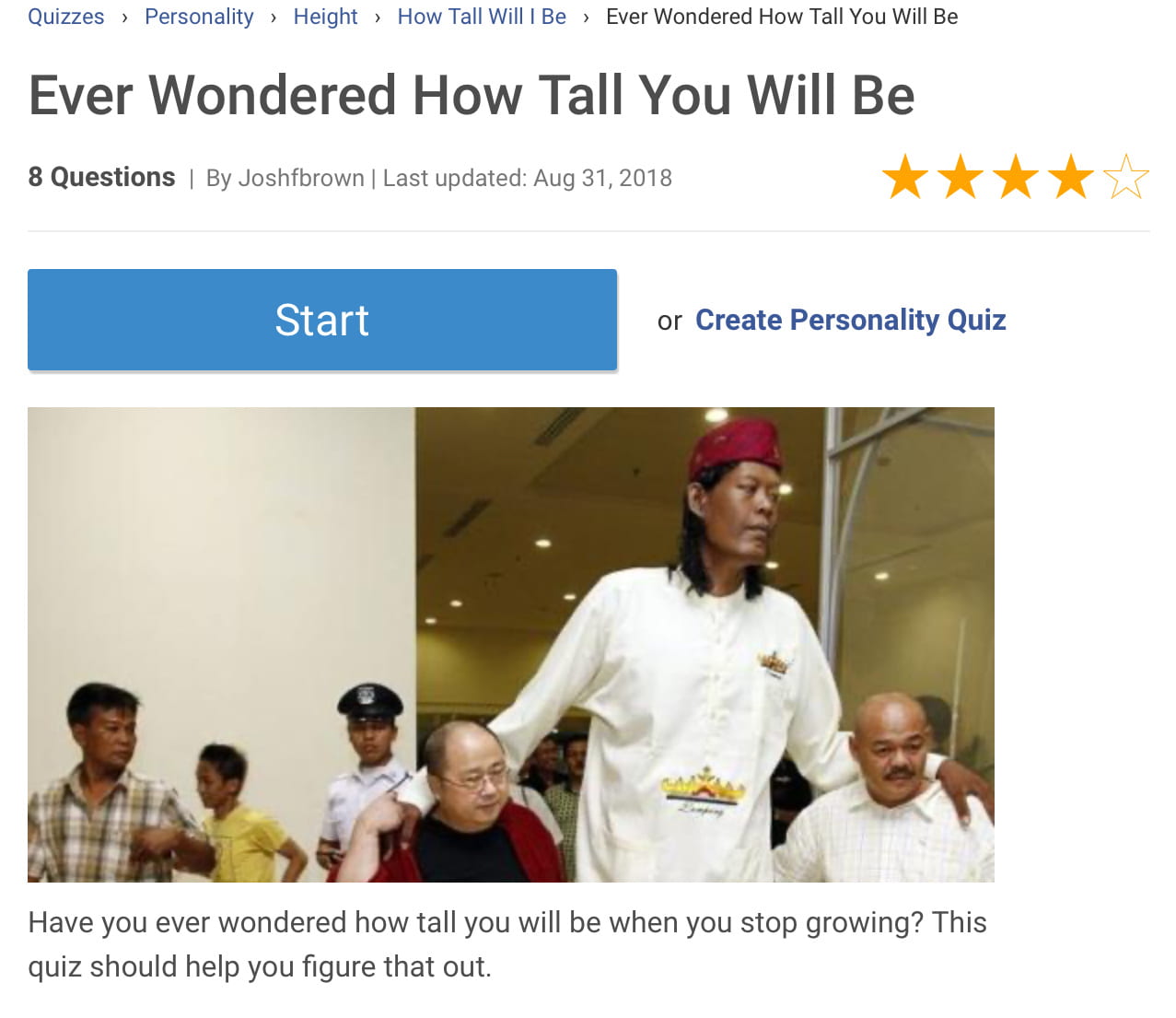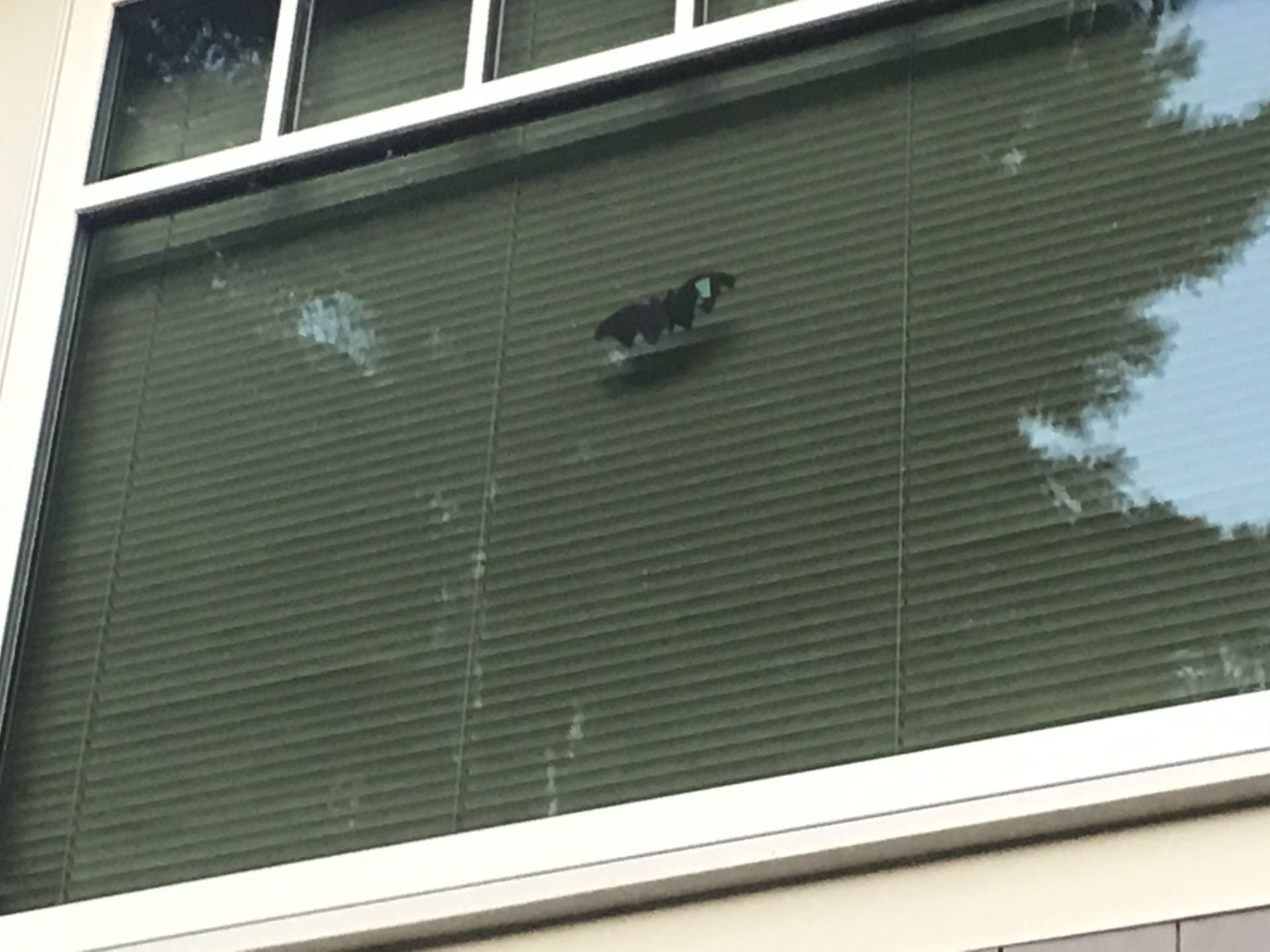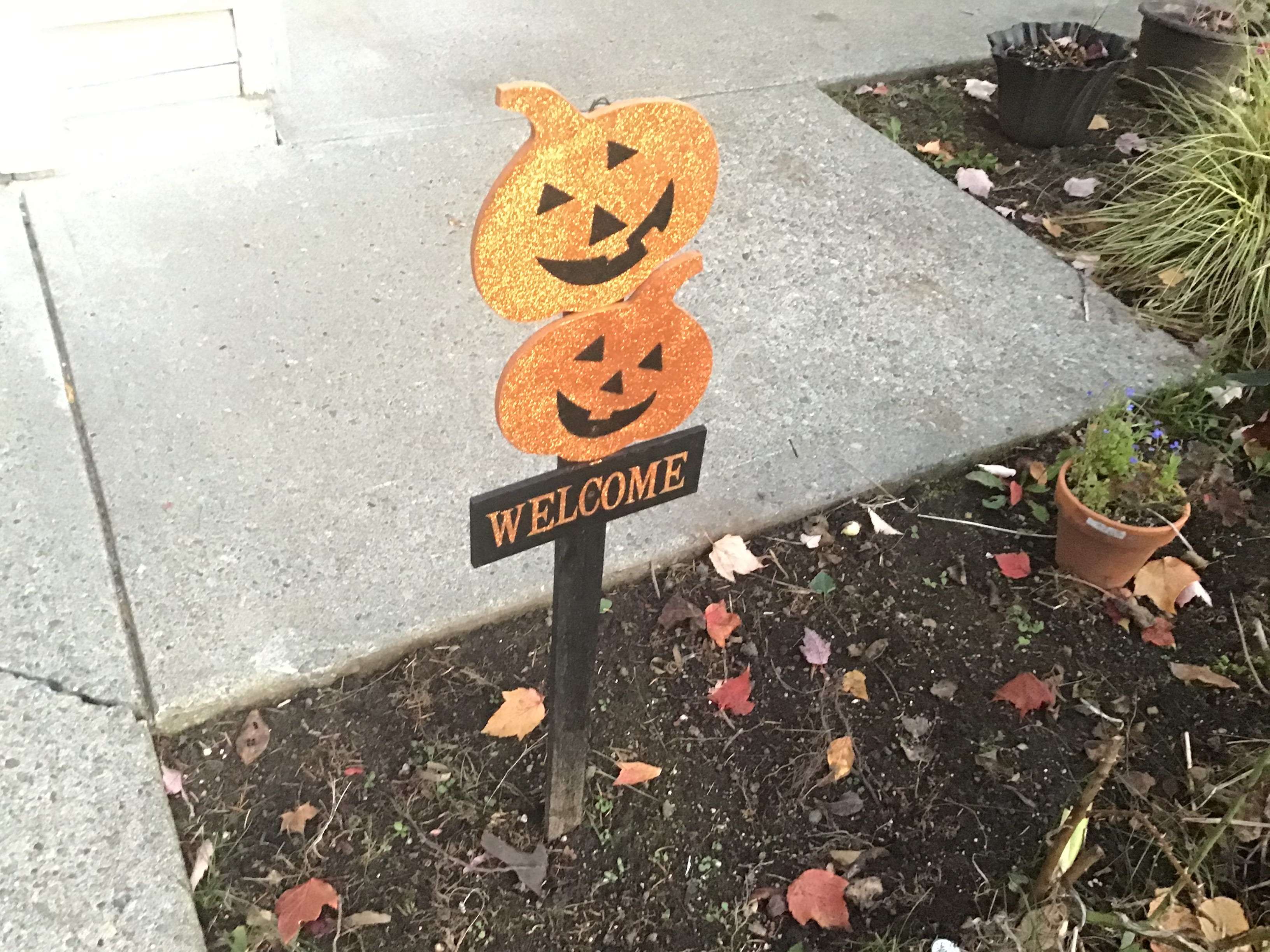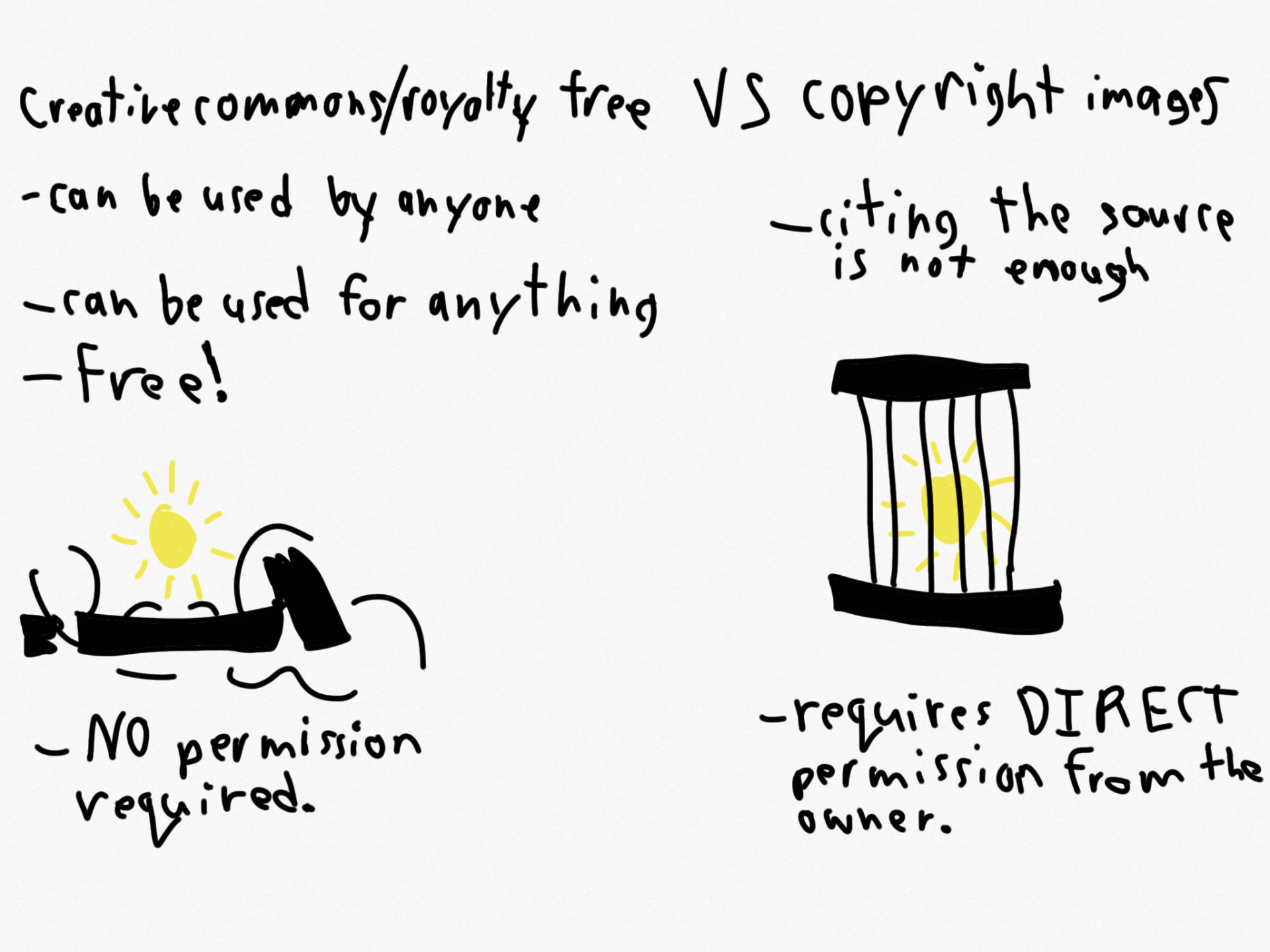Revolutions Project Learning Portfolio Post
We just finished another project, and it’s reflection time! So, this project was called “Revolutions through the ages”, and what would you know, it’s about all kinds of different revolutions! By the end of this blog post, I hope to answer the driving question: “How do ideas drive change?”. Before I talk about the first milestone however, I should also mention the things we had to do alongside the milestones, which was all about the book Revolution.

I don’t want to spoil the book, as it wasn’t bad, and I would recommend you give it a read, but I will talk about the activities we did with it and how they affected the project. Basically, every week we had to have read to a certain chapter, and fill out a rolesheet that corresponded with what we had just read. We were put into groups, and them shared what we did for whatever role we were doing with the group. There were four different roles, Smart summarizer (someone who summarized what happened in the last portion of the book), discussion director (someone who comes up with thought inspiring questions), creative connector (someone who connects things in the book to other media or real world experiences), and the artful artist (someone who draws a picture about a part of the book). Here is one example of a rolesheet I did: 
Getting onto the milestones, the first milestone was called exploring evidence, and it was all about different methods of research. There were several stations with different methods of research we rotated to: Library books, YouTube, website, textbook, and newspaper. We had to write down things about each source, like the type of source it was (primary or secondary, primary being first hand accounts, and secondary being second hand accounts), one interesting fact about the event covered by each source, a reason why we trust the source, and what may be potentially untrustworthy about the source.


This activity was mainly to help us with our research of the different revolutions in this project, but our next milestone was getting into the revolutions themselves. Before we move on though, there was an activity that wasn’t a milestone, and it was concerning Crane Brinton’s graphic.
We learned about it so that we could understand all the revolutions better, and to help us answer the driving question, and we were also expected to mention it in our videos. But moving in, in milestone one we were put into groups that we would have for the rest of the project, and my three fellow group members were Noah, Rhiann, and Kaia. The revolution we were doing for this milestone was the French Revolution. We had to make an informative video in one of the four formats: Song/rap, John Green, Explain Everything, and Heritage minute. We did research on the French Revolution itself and made a storyboard and screenplay, as our group decided on doing a song fairly quickly. We decided we wanted part of the song to focus on Louis Charles (the king’s son who was locked in a tower and left to die by the revolutionaries) point of view, which Rhiann did, and that we also wanted a part in French, because, y’know, the FRENCH Revolution, which Kaia ended up doing. We also put in a part in the beginning with lots of rhymes about the revolution of a whole, which I did, while Noah composed the music and edited it all together into a song. Here was our final product:
https://www.youtube.com/watch?v=xZXIHVDGRrE&list=UUqJcEm84M1KCsxoCAYY-VfA&index=1
Yeah yeah, our singing wasn’t the best, but I think we did a decent job at explaining the French Revolution through song, but there was definitely room for improvement, with the inconsistent audio, and the French part where we forgot to put subtitles so that people would know what we were saying. But since we had to move on right away to our next milestone, we didn’t have any time to revise it, but I think it was alright for a song made by ninth graders. Moving on to the next milestone, the American Revolution! We started out with usual research, storyboard, and screenplay, we decided to do it John Green style this time. I’ve already posted a link to one of his videos, but in short he puts fancy animation into his talks about history or science or whatever he is doing. This video was an overview of the American Revolution as a whole, highlighting many key events, with Rhiann as the role John Green would fill in one of his videos. I mainly did acting and research like Kaia, who also did some animations, and Noah kept at his awesome editing skills and also did some acting and animating. After lots of instances of Rhiann dropping things, we finally reached our final product:
In my opinion, this was definitely better than our French Revolution song, as it was way more clear in explaining the revolution, and included specific events in clear detail. I think this one was actually pretty good for the amount of time we had to do it. But before we knew it we where already on the next milestone, and the next revolution! That revolution was the Russian revolution, and we decided on a Heritage Minute type video. We did the appropriate research, storyboard, and screenplay, and got on to filming. We also wanted this video to be an overview of the revolution as a whole, while still focusing on important events, and I think we did a good job of it. Everyone in our group did acting, filming, and writing, and Noah edited once again, and we had our video on the Russian revolution:
https://www.youtube.com/watch?v=AvBRq_DjMAc&list=UUqJcEm84M1KCsxoCAYY-VfA&index=2
I though this was one was even better than our John Green video, as it did a really good job explaining the revolution as a whole, and had some better visuals, but of course there were a few things that could have been improved on, like a few events I thought should have been focused on a bit more, but all in all it was still pretty good. Remember that revolutions book I was talking about? Well, it was back for our fifth milestone! By this point we had finished the book and done many rolesheets, but know we had to do a creative book reflection. I chose to make a new cover for the book, as I felt that the cover of the book could be a bit more representative. I decided I wanted to do something about the protagonist Andi’s connection to the modern world as well France at the time of the French Revolution, as the French Revolution is an important part of this book. Here’s what I ended up doing:
I don’t want to spoil too much, as I recommend you read the book for yourself, but as you can see, I ended up making the modern world dark, and the French Revolution in colour, as Andi actually gets more answers from the depressing times of the French Revolution than she does the modern world. I also put in the key, which is an important part of the story as well. Like I said, I don’t want to talk about more because I hope you’ll read the book for yourself, but that was pretty much it for Revolution book part of the project. At this point I feel like I should mention how we started to learn about the industrial revolution, but we didn’t have enough time and it got scrapped. But back to the project, we still had our sixth milestone, the final revolution video! We to decide a revolution, which could be one we had already done or one we hadn’t covered, and we could reuse the type of video as well. Our group decided we wanted a shot at redemption at a song about the French Revolution, and although there wasn’t as much research to do, we still had to make another storyboard and screenplay. This time, we worked hard to make our song as best as possible, with Kaia and Rhiann working on animations, Noah working on editing, music, AND animations, and me working on new song lyrics and actually singing them, we were going to make this one count. We made better audio quality, better lyrics, we had a cause and consequence, and we talked about Crane Brinton’s graphic, while still having the overview of the revolution, we had our final draft:
Like I said, this is an obvious improvement. We met the requirements, and although some audio was a little choppy, I think I can say our final product met the criteria and competencies being assessed. But now that we’re done talking about the project itself, we still need to address the driving question and the competencies being discussed. After all the research and work we have done, the driving question doesn’t seem so intimidating anymore. So, how do ideas drive change? Well, that’s what it always starts out with, an idea. There is nothing that humans have done that didn’t start with an idea. And as more people hear about that idea, it gains influence, and it gains power. And eventually, once it has enough influence and power, people will start to take action, and action can lead to anything, more specifically, the start of a revolution. Look at the French Revolution, everyone was tired of being hungry and starving, but they didn’t know what else to do. But then ideas began being shared about overthrowing the king, or making him agree to their terms, until people started protesting, and then fighting, and then take power, and then you have Crane Brinton’s graphic. Now onto the core competencies.
These are the competencies for this project, all of which I think I have proven myself accomplished in. The first competency, cause and consequence, I think I have demonstrated throughout the project research and videos, for example in the final French Revolution video, I talk about the causes and consequences of the French Revolution, like how King Louis locked the third estate outside, which cause them to form the tennis court oath, and consequently began a new stage of the revolution. For the second competency, evidence, I definitely think I have displayed this during the first milestone, and during all the research I did for the videos, as I make sure to get information from reliable sources. For the third competency, create and extend shared understanding, I think I demonstrated it well when working with my group, as we did an excellent job of collaborating and coordinating efforts. And for the final competency, Text Comprehension and Appreciation Strategies, I think I met this competency while reading and doing rolesheets on the Revolution book, as in many of our book chats and my creative book reflection we talked about the genre and what it meant to the audience, and what messages it was trying to give and what purpose it was trying to serve. Well, thanks for sticking around this long, that’s about all I have to say about the Revolutions project!
 The picture above is an old TV my grandma has at her house, and it means a lot to me because it represents pretty much all the great experiences I’ve had in Alberta at Christmas time, and Christmas in general. Anyways, that was this weeks blog post, but the blogging challenge isn’t over yet, so stick around for next week!
The picture above is an old TV my grandma has at her house, and it means a lot to me because it represents pretty much all the great experiences I’ve had in Alberta at Christmas time, and Christmas in general. Anyways, that was this weeks blog post, but the blogging challenge isn’t over yet, so stick around for next week!
 So yeah, that was my week 6 post, comment what you thought the answers to the puzzles were, I’ll be posting the answers to all the puzzles next week, so stay tuned!
So yeah, that was my week 6 post, comment what you thought the answers to the puzzles were, I’ll be posting the answers to all the puzzles next week, so stay tuned!
 This ultimately helped decide who would be in our group, and it was pretty interesting to see what you got on the test. I would recommend you
This ultimately helped decide who would be in our group, and it was pretty interesting to see what you got on the test. I would recommend you 













 Well, the first thing I’m going to do is outline what our days looked like in Alberta. We would usually wake up early, have a quick breakfast, and be off to our first location, do our research/activities, go to the next location, do our research/activities, eat lunch, next location, research/activities, then dinner, and then we would go to wherever we were staying for the night and go to bed. So yeah, most of the extra time we had was on the bus, and if you didn’t get everything you needed from a location, well, tough luck. So, needless to say you really had to make sure you were on task and getting things done in the time you had to do them, or might not get them done at all. So, let’s get on to some of the strategies I employed. Well, the first strategy I used was planning ahead of time. I would usually check the itinerary in the morning so that I would know what to expect from the day, and put tasks that required time outside of our activities to complete in Things, an app handy for putting down to-dos and such.
Well, the first thing I’m going to do is outline what our days looked like in Alberta. We would usually wake up early, have a quick breakfast, and be off to our first location, do our research/activities, go to the next location, do our research/activities, eat lunch, next location, research/activities, then dinner, and then we would go to wherever we were staying for the night and go to bed. So yeah, most of the extra time we had was on the bus, and if you didn’t get everything you needed from a location, well, tough luck. So, needless to say you really had to make sure you were on task and getting things done in the time you had to do them, or might not get them done at all. So, let’s get on to some of the strategies I employed. Well, the first strategy I used was planning ahead of time. I would usually check the itinerary in the morning so that I would know what to expect from the day, and put tasks that required time outside of our activities to complete in Things, an app handy for putting down to-dos and such.  With this advance planning I knew what to expect from the day, and could easily keep track of what I had to do. However, this tactic couldn’t help me if I was distracted during our stops at different locations, and lots of the information we needed was usually just at one location, so if we were distracted at the location we wouldn’t get our things done, so how did I manage myself at the locations? Honestly, it kind of just came down to common sense and knowing that if I don’t do it now I won’t get it done at all, an example of this was our
With this advance planning I knew what to expect from the day, and could easily keep track of what I had to do. However, this tactic couldn’t help me if I was distracted during our stops at different locations, and lots of the information we needed was usually just at one location, so if we were distracted at the location we wouldn’t get our things done, so how did I manage myself at the locations? Honestly, it kind of just came down to common sense and knowing that if I don’t do it now I won’t get it done at all, an example of this was our  For our daily note, we had a question assigned each day, and we were given a bit of time to finish it, but I usually wasn’t able to get all of my thoughts down in the time we were given. So if fell to me to make sure that I completed the notes I planned when I was going to finish them, and instead of wasting time on the bus I actually used the time to finish the notes, and got them all done on time. Although I still think that if I was more on task during the time we had specifically for them, I wouldn’t have had to do as much on my own time. So in conclusion, while I did have some good strategies to finish things on time and increase my enjoyment of the experience overall, I feel like I could improve on working my best for the entire duration of the work period and not get sidetracked, so that way I don’t have to rush at the end, which greatly takes away from the the experience since you have no time to do anything but desperately try to finish on time.
For our daily note, we had a question assigned each day, and we were given a bit of time to finish it, but I usually wasn’t able to get all of my thoughts down in the time we were given. So if fell to me to make sure that I completed the notes I planned when I was going to finish them, and instead of wasting time on the bus I actually used the time to finish the notes, and got them all done on time. Although I still think that if I was more on task during the time we had specifically for them, I wouldn’t have had to do as much on my own time. So in conclusion, while I did have some good strategies to finish things on time and increase my enjoyment of the experience overall, I feel like I could improve on working my best for the entire duration of the work period and not get sidetracked, so that way I don’t have to rush at the end, which greatly takes away from the the experience since you have no time to do anything but desperately try to finish on time.


 The final blog I visited was Jordan’s blog. He wrote a post on how to help the environment by cutting down on plastics. I really liked it, and told him what I liked about it in my comment.
The final blog I visited was Jordan’s blog. He wrote a post on how to help the environment by cutting down on plastics. I really liked it, and told him what I liked about it in my comment.